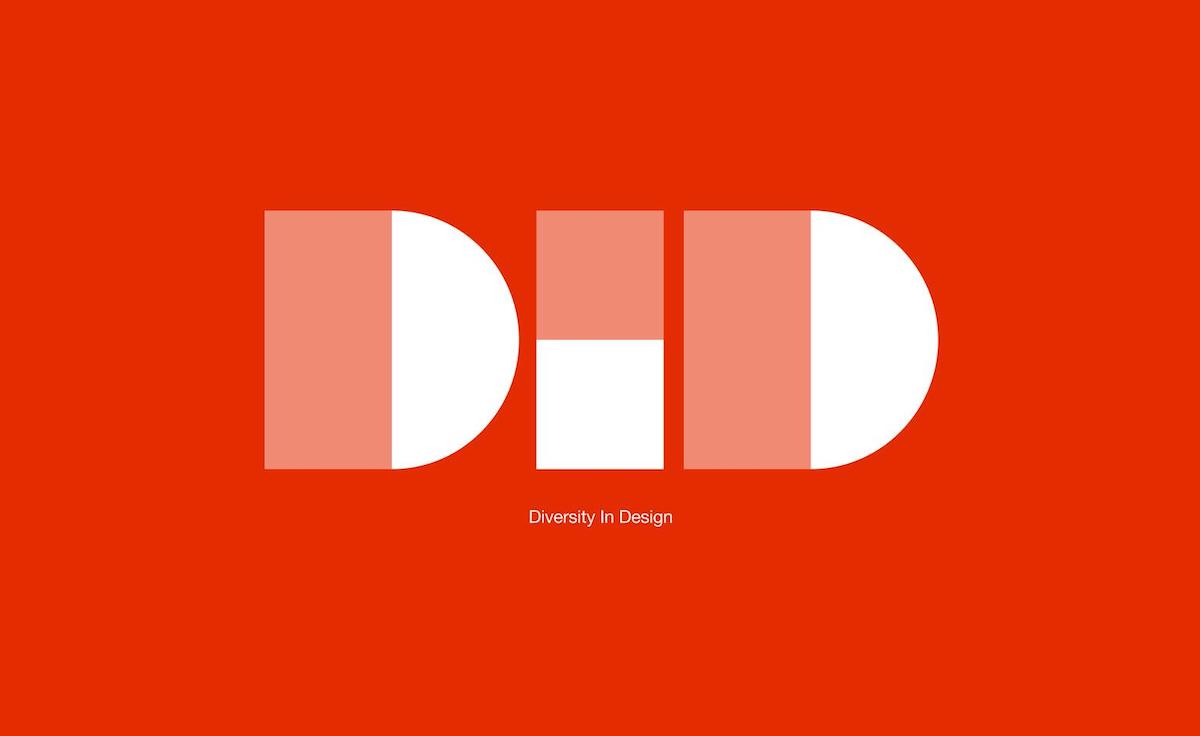This past summer, the murder of George Floyd galvanized a long-overdue reckoning with racial injustice that permeated nearly every part of society. Issues of racial representation have long afflicted the design industry—less than five percent of designers identify as Black even though 12 percent of the U.S. labor force identifies as Black. And recent research by the furniture designer Jomo Tariku shows that out of 4,417 branded collections from major furniture brands over the past two years, only 14 were with Black designers. Given how design wields the power to shape the look and feel of just about everything, those numbers feel particularly grim.
The Diversity in Design (DID) Collaborative, a powerful new collective of nearly two dozen global design companies including Herman Miller, Adobe, Fuseproject, and 2×4, seeks to close that gap. DID originated when Andi Owen, president and CEO of Herman Miller Group, invited the controversially ousted former Cooper Hewitt director Caroline Baumann to work on the company’s own diversity initiative. In doing so, Baumann discovered pent-up interest to address equity in design from companies across the board eager to get involved. “The alarming data about diversity and representation in the industry has served as an urgent call to action for us to do better,” says Owen. “In our early stages of research on how to best address the underrepresentation of Black designers, it was clear that we couldn’t make substantial, lasting change alone.”
Baumann turned out to be the ideal collaborator for the initiative. During her tenure at Cooper Hewitt, in which the museum opened up to a wider community, she launched an annual job fair during National Design Week to help raise awareness about the profession to high schoolers. “Design is an agent of positive change,” Baumann says. “Good design requires successful collaboration. The members of DID, all companies with design at their core, are dedicated to making the systemic change necessary to transform the industry for good, moving the needle on the stark less than five percent that represents brown and Black people in our industry. We, a collaborative of authentically committed leaders united by design, are coming together to make that change.”


